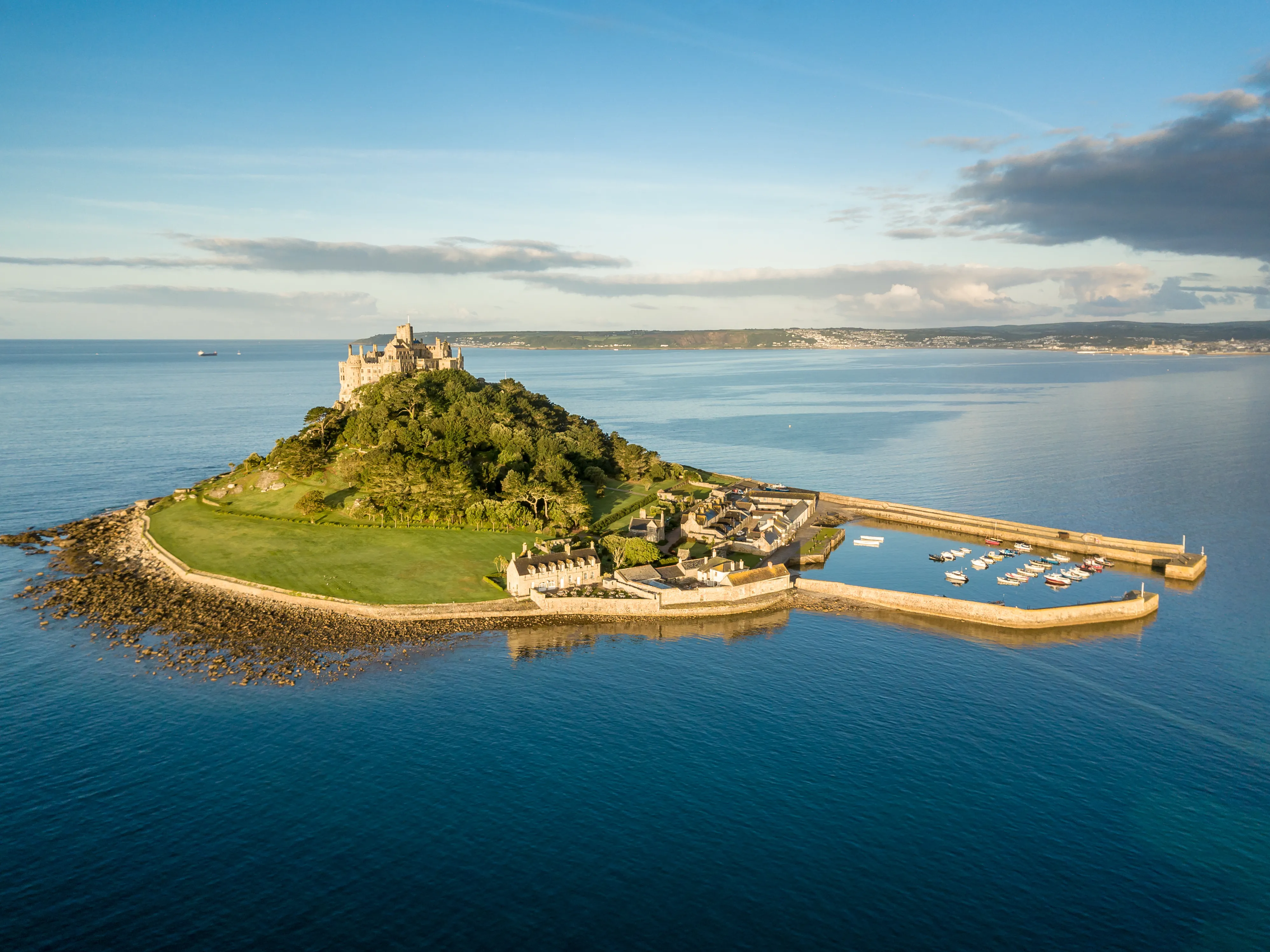The huge waterfalls, natural lidos and mystical castles that holidaymakers love about Cornwall

WITH its staggeringly beautiful beaches, scenic woodlands and hidden waterfalls, Cornwall has natural attractions galore.
There’s also fascinating history to discover, from legendary King Arthur’s roots, the tin mining heyday and the infamous pirates that terrorised the coastline for hundreds of years.
We’ve spoken to Sun readers who have visited Cornwall on £9.50 Holidays to get their recommendations of the best local natural and historic attractions to visit.
We’ve also asked local experts and holiday park staff for their top tips, with options that are all within easy reach of your £9.50 Holiday. Here’s what they said…
Waterfall magic
Dani Fillery, Owner and Guest Experience Manager at White Acres Holiday Park, near Newquay, recommends the beautiful St Nectan’s Glen, on Cornwall’s north coast.
A scenic woodland walk leads you to a spectacular 60ft waterfall with a cafe at the top (tip: wear decent footwear as it can be wet and uneven underfoot).
Kids will be amazed by the sight and sound of the waterfall.
Admission costs £9 per adult and £5 per child (free for under fives), but you can see some of the smaller rapids for free, which are also lovely. Don’t forget to take £3 cash for the car park.
Castle legends
You could pair St Nectan’s Glen with a trip to Tintagel Castle, just a couple of miles away.
Said to be the birthplace of King Arthur, it has medieval ruins to explore, accessed by a jaw-dropping footbridge.
At low tide, don’t miss Merlin’s Cave – located below the castle, which is believed to be where Merlin lived.
If you’re staying further south, Pendennis Castle offers a glimpse into Tudor Cornwall.
One of Henry VIII’s finest seaside fortresses, it’s ideal for a family day out, with kid-friendly tours, an events programme and even a soft play for little ones.
Tin mining legacy
For Sun reader Anne Walton, 71, from Newport in Wales, there are lots of historic attractions in Cornwall worth visiting.
She said: “You’ve got the Poldark area and Jamaica Inn, which they filmed near Holywell Bay. We’ve been down on the beach when they’ve been filming it.”
Another highlight that Anne recommends, and which features in Poldark, are the tin mines.
You can walk right next to well-preserved engine houses on the coastal path near St Agnes Head, one of the filming locations for the BBC drama.
Or, delve deeper into the history of Cornish mining and more at the Royal Cornwall Museum in Truro, which is a wallet-friendly option for families (free for under-18s, £7.50 for adults).
It houses over 300,000 artefacts, with hands-on exhibits to capture kids’ imaginations.
Escape to an island fortress
Carol Harris, 72, from Clacton-on-Sea, Essex, stayed at Parkdean Resorts Lizard Point.
She recommends taking the hop on, hop off bus from outside the holiday park to Marazion, to visit St Michael’s Mount, an island fortress that she says is “beautiful”.
And it might look a tad familiar – it has a French counterpart across the Channel, in Normandy.
Located on a tidal island, you need to take a boat to reach the castle and its subtropical gardens at high tide (£2.80 one way for adults, £1.50 for children).
But at low tide, you can get there for free by walking across the granite causeway (it’s open for about four hours each day).
Tip: there is a great cafe on the island, but you can keep costs down by packing a picnic and finding a grassy spot.
Swim in a natural sea pool
Cornwall is blessed with more than 400 beaches – so you’re never short of sea swimming locations.
But for something more sheltered and a little more unique, head to a natural sea pool.
Cornwall expert and Sun travel writer Ellie Ross recommends Trevone Natural Sea Pool, which you can walk to from Trevone Bay car park in under ten minutes.
She says: “You have to time it for low tide, and clamber across some rocks, but it’s well worth it for the experience of swimming in a sea pool – which is completely free.
“There is also a shallow end nearest the path so supervised children can play here, too.”
Other tidal pools include a man-made rock pool, which is relatively unknown, hidden out of sight at Porthtowan Beach.
